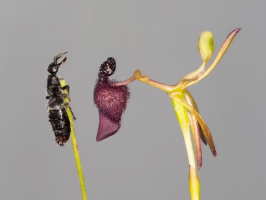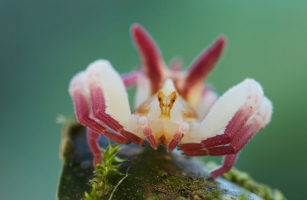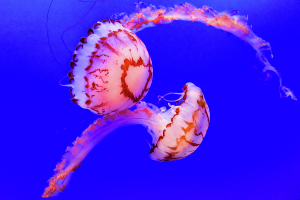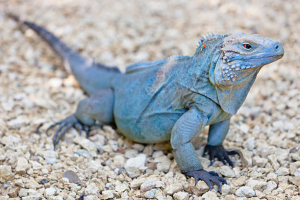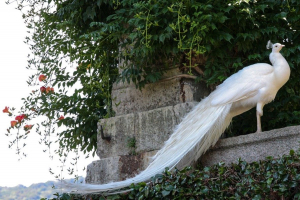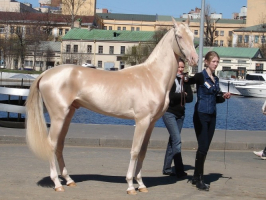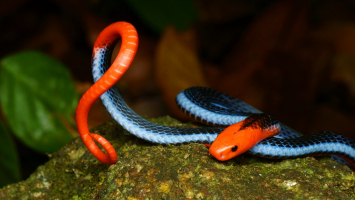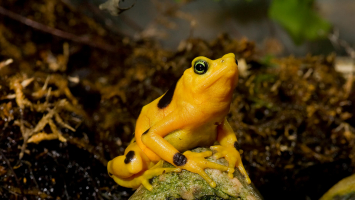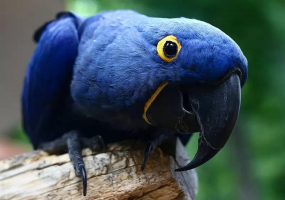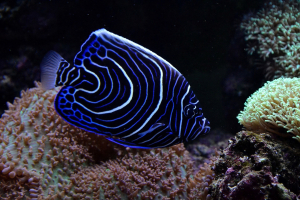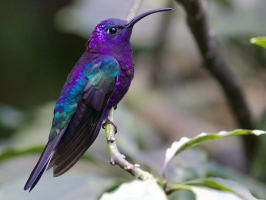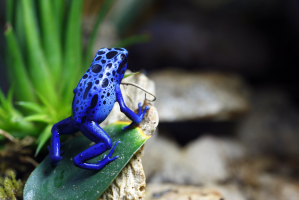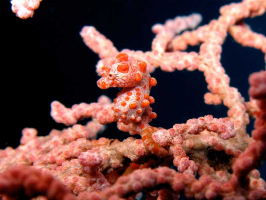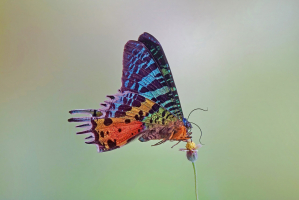Top 10 World's Most Beautiful Insects
It's true that the majority of people only associate the adjectives "beautiful" and "insect" with butterflies. However, there are also lovely insects that are ... read more...not butterflies. Similar to butterflies, these stunning insects have not developed their colorful appearances for people to appreciate, but rather to disguise themselves from predators, warn them that they taste unpleasant, or attract partners. Here is a list of the most beautiful insects in the world, let's find out!
-
The Atlas moth is the largest species of moth in the world. The wingspan of an adult Atlas moth can reach 12 inches, and its surface area is 62 square inches. One of the most exquisite moths in the entire world is this huge one. With purple, red, yellow, and black markings, their fore and hind wings have a particularly appealing rusty-brown color.
Strangely, the Atlas moth's wingtips, which have striking markings and patterns, resemble snakeheads. They employ it to protect against potential predators. Despite being the largest species of moth in the world, after hatching, Atlas moths don't eat since they lack a mouth.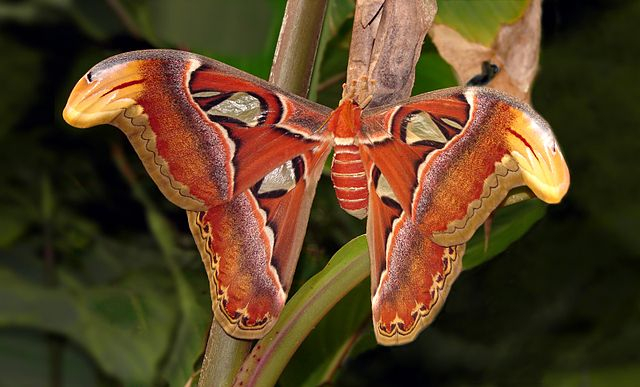
Via: Wikipedia 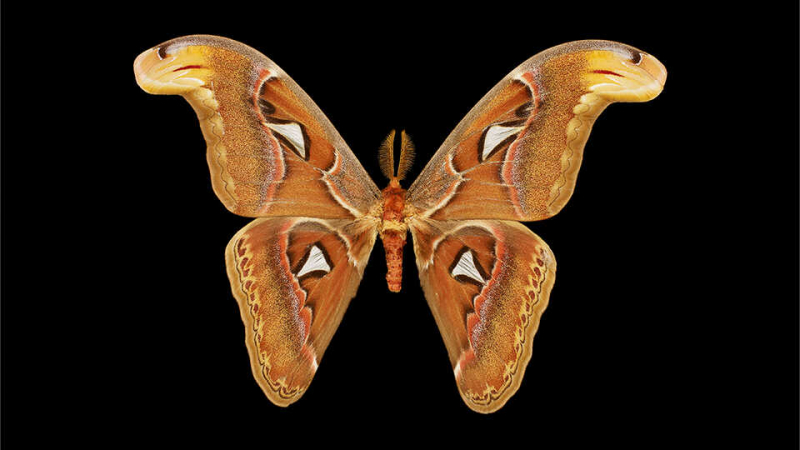
Via: California Academy of Sciences -
The Glasswinged butterfly's (Greta oto) name suggests that its wings are transparent. In Spanish-speaking regions, it may also be referred to as espejitos, meaning "little mirrors" because of its transparent wings. The butterfly is mainly found in the Central and northern regions of South America with sightings as far north as Texas and as far south as Chile. It is extremely tough for predators like birds and reptiles to capture them because of their transparent wings. In reality, the reddish-brown border around its wings makes them noticeable but difficult to see. Additionally, great oto butterflies go far, to Florida. They primarily eat lantanas, a common flower.
These butterfly species mate polygynously, with males attempting to obtain one or more female mates per breeding season. During lekking, male glasswing butterflies emit pheromones to entice females. The pyrrolizidine alkaloids obtained by the butterflies through their diet of Asteraceae plant species are what are used to make the pheromones. Additionally, it is unclear that the pheromone is employed to differentiate between species because the method by which the pheromone is produced is not only taken from butterflies and moths themselves but also from plants, as with the glasswing butterfly.
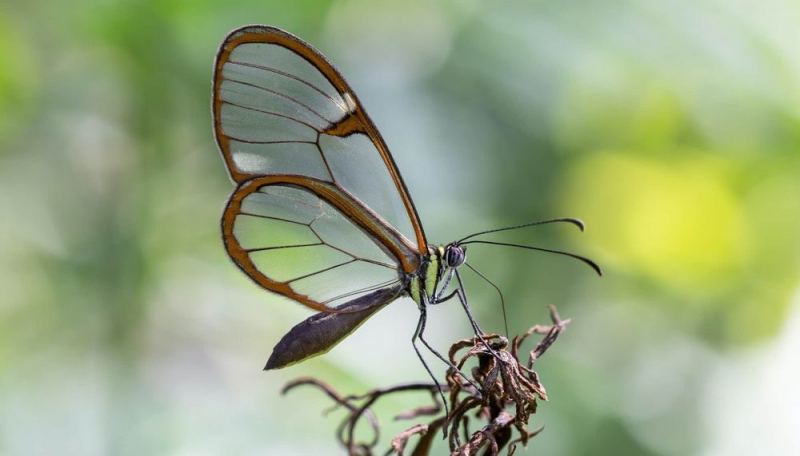
Via: Istock 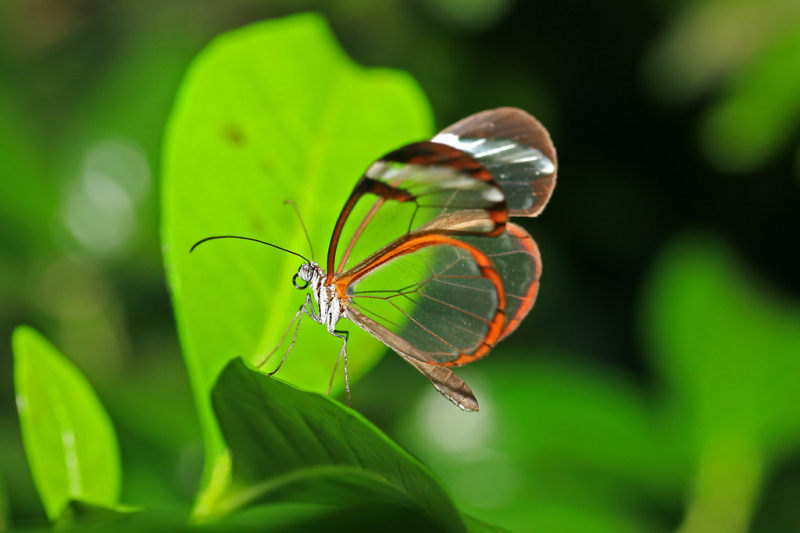
Via: TwistedSifter -
The common firefly has a rose-colored thorax with a black spot, and its elytra are black and edged with yellow. What makes fireflies beautiful insects is the light they produce on warm spring and summer evenings. This light can be green, yellow, or even a faint red or blue. Although everyone is aware of how fireflies earned their name, many people are unaware of how the insects create their distinctive shine. Under their abdomens, fireflies have specialized light organs. The insects consume oxygen and mix it with luciferin inside specific cells to create light with almost minimal heat.
About 2,000 different firefly species exist. These insects are a common sight on summer evenings and can be seen in a range of warm climates as well as in more temperate areas. Fireflies thrive in damp environments and frequently inhabit humid climes in Asia and the Americas. They are found around moist or damp places that preserve moisture in dry locations.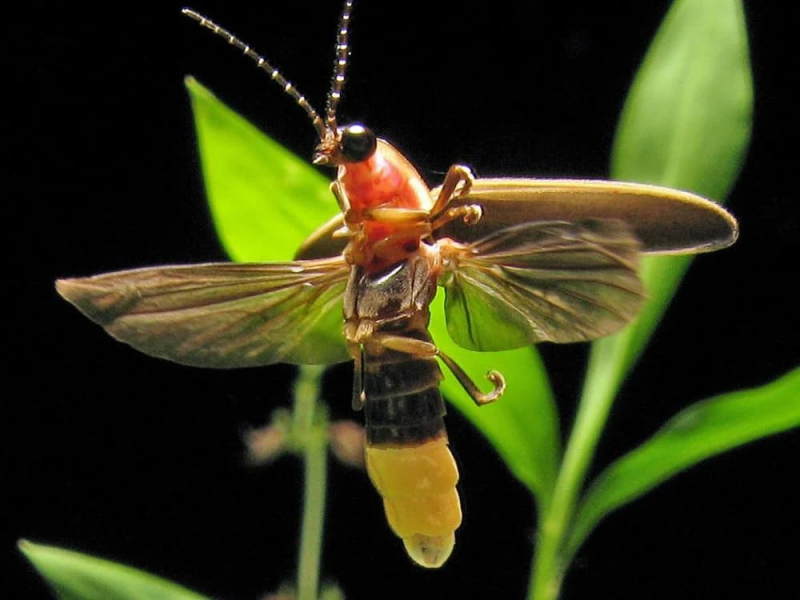
Via: Smithsonian Magazine 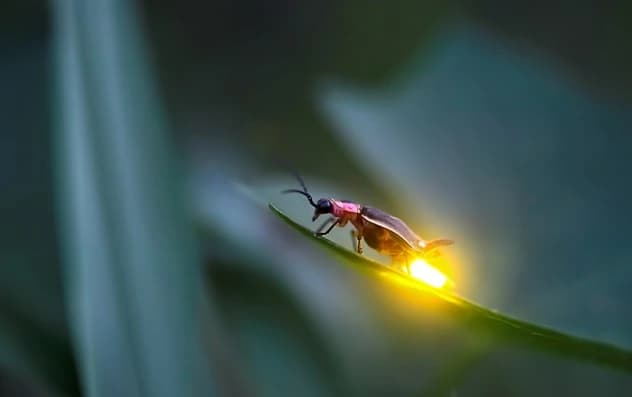
Via: The Parody Wiki -
Any of the around 5,000 widely dispersed species of ladybugs (family Coccinellidae; insect order Coleoptera), often known as ladybird beetles, got their names during the Middle Ages when they were referred to as "beetles of Our Lady". Ladybird beetles are typically 8 to 10 mm (0.3 to 0.4 inch) long and hemispherical in form. Ladybugs are not only pretty but cute, with their round bodies and the black polka dots that cover their elytra, which are often cheerful red, orange, or yellow. An illustration of the usual color pattern of ladybird beetles is the nine-spotted ladybird beetle (Coccinella novemnotata), which has four black dots on each reddish-orange wing cover (elytron) and one shared spot.
Since the life cycle lasts for roughly four weeks, numerous generations are created each summer. The long, slender, soft-bodied larvae prey on other insects and insect eggs. They are typically gray with blue, green, red, or black markings. After going through four growth phases, the larvae cling to a surface and pupate in their final larval skin. Every winter, several ladybird beetles typically hibernate nearby in large groups.
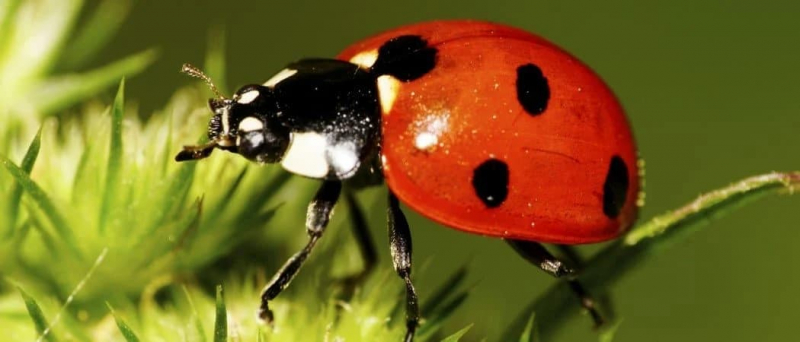
Via: AZ Animals 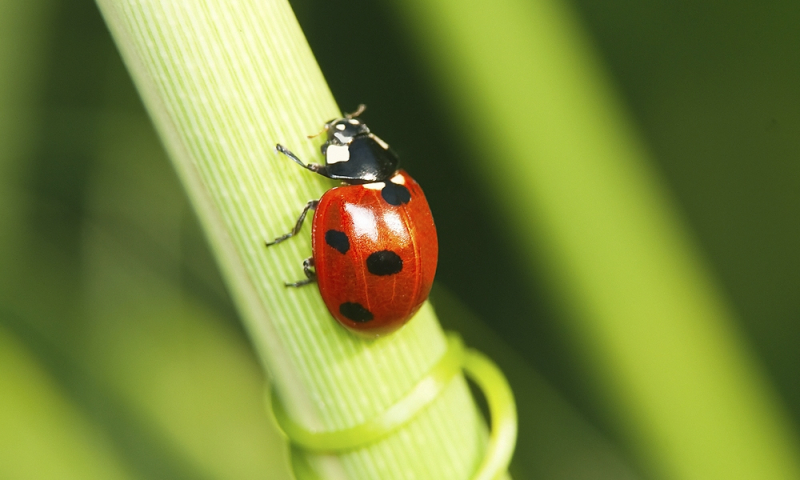
Via: WorldBirds -
Picasso bug or Zulu hud bug (Sphaerocoris annulus) is a species of shield-backed bugs of the family Scutelleridae. They can grow to be about 8 millimeters long (0.31 in). With eleven ring-shaped dots on the scutellum, the basic hue is green. These bugs serve as a warning to predators with their coloring and pattern. When disturbed, they also give out an unpleasant odor. The primary hosts include Vernonia amygdalina, Gossypium species (Malvaceae), Coffea arabica (Rubiaceae), and citrus species (Rutaceae) (Asteraceae).
Beginning in November and December, the dry season, this species reproduces. The entire process takes 56 days. Africa's tropical and subtropical regions (Benin, Cameroon, Côte d'Ivoire, Ethiopia, Ghana, Kenya, Malawi, Mozambique, Namibia, Nigeria, Sierra Leone, South Africa, Tanzania, Togo, Zambia, and Zimbabwe) are home to this species.
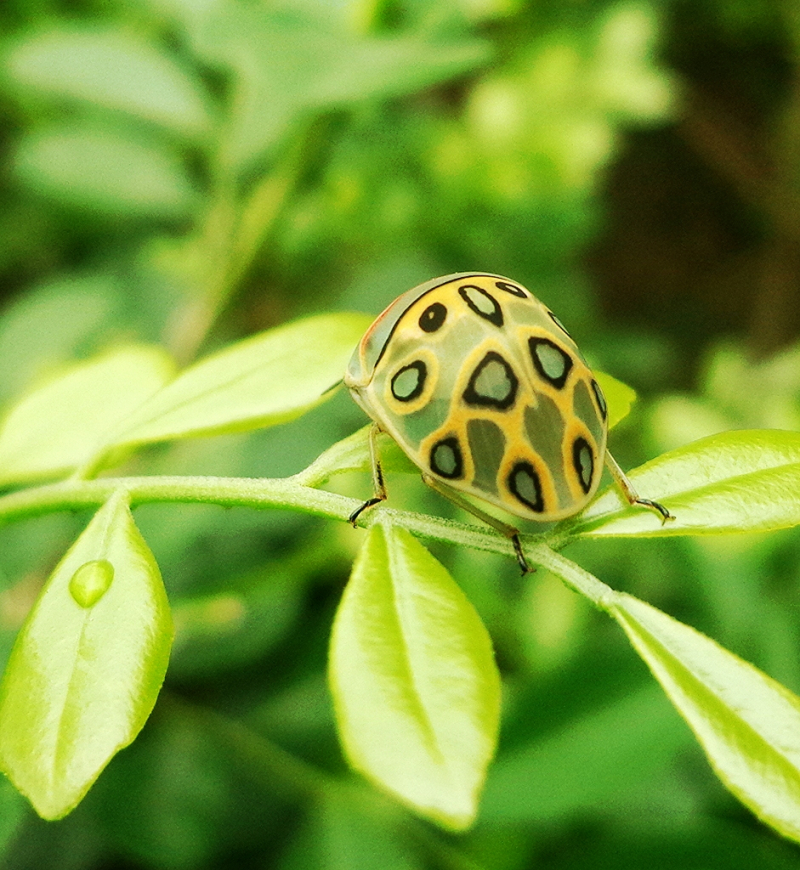
Via: Southlands Sun 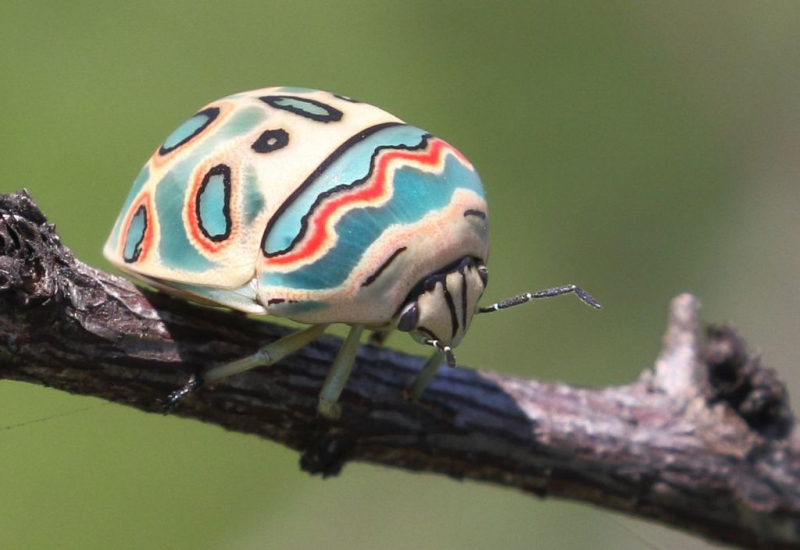
Via: iNaturalist -
The gorgeous pink and white mantis is known as the orchid mantis, or Hymenopus coronatus, and has lobes on its legs that resemble flower petals. Despite not feeding on orchids, this species surprisingly resembles a flower or an orchid. The species is well-known and adored as a pet due to its stunning brilliant colors and incredible concealment. Malaysia is home to Hymenopus coronatus in the wild.
The orchid mantis is white with pink highlights that might be subtle or overt. Some people are all white, some are entirely pink, while yet others are a bit of a mix. Depending on factors like humidity and light levels, one mantis can change its color in a couple of days. This species' legs have lobes that resemble flower petals. White and pink flowers in bushes and tiny trees make up its native environment. By doing this, the mantis can avoid being spotted by potential predators like birds while also catching pollinating insects drawn to the flowers.
Orchid Mantis is a quiet kind of praying mantis. She typically waits around for prey. When they spot a target, it will occasionally go hunting after it. Mature males have a tendency to be exceedingly energetic and jittery. When disturbed, the adult male will frequently (attempt to) fly away.
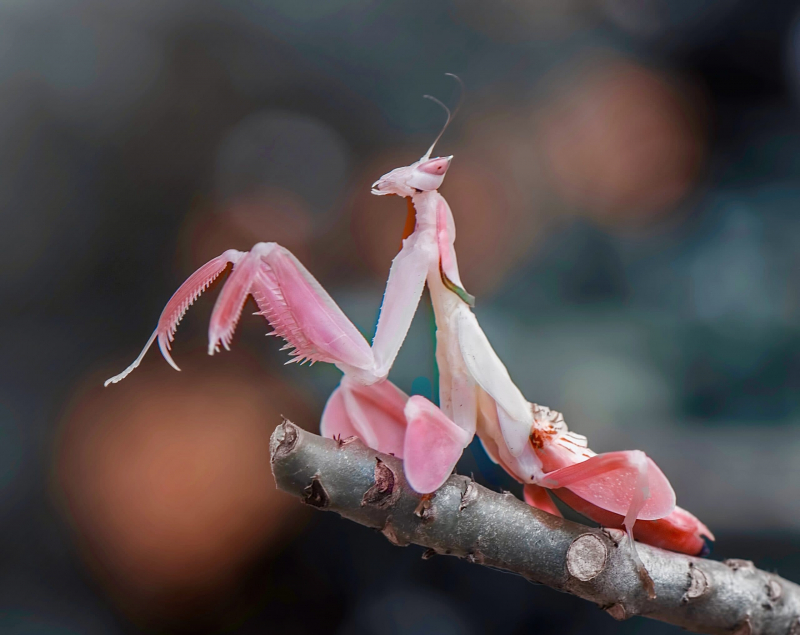
Via: Earth.com 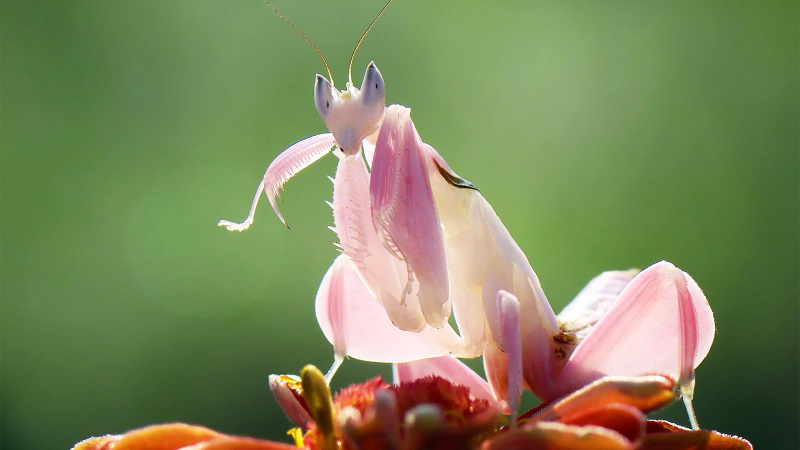
Via: Animals -
A member of the silk moth family, which includes some of the most stunning insects, is the rosy maple moth. The rosy maple moth does not do a lot of damage. In extreme situations, a single host tree may have hundreds of ravenous caterpillars feasting on leaves. The larvae can harm maple trees. The tree is normally not harmed by this, although it could become unsightly because the tree could end up partially or completely barren. If the tree is a sapling or otherwise stressed, this defoliation may be harmful to it.
The vibrant hues of the rosy maple moth serve as a reliable indicator. It comes in a variety of colors, including cream, white, pink, yellow, and purple. However, it appears that the pink and yellow variant is the most popular. The adult moth is thick and fuzzy, and the males have long, comb-like antennae that they use to detect the pheromones, which are chemicals released by females to attract males, in the air. Regardless of gender, the rose maple moth is regarded as the tiniest of silk moths. Males are smaller than females, and adults can measure up to 2 inches across when the wings are spread.
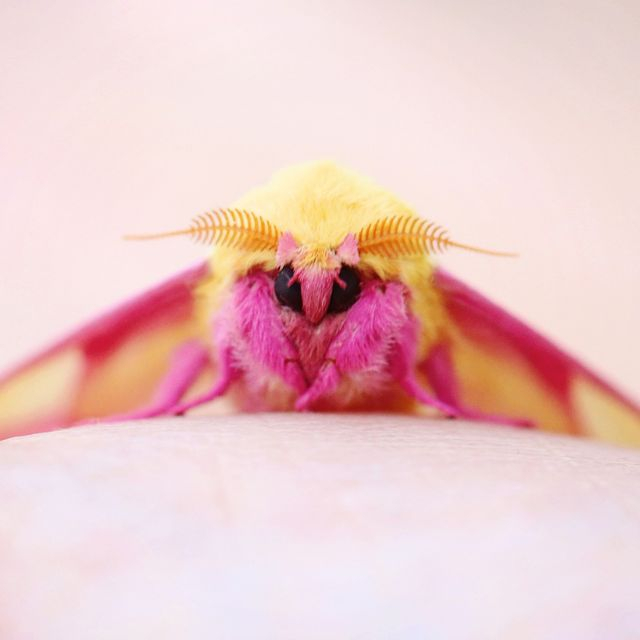
Via: Prevention.com 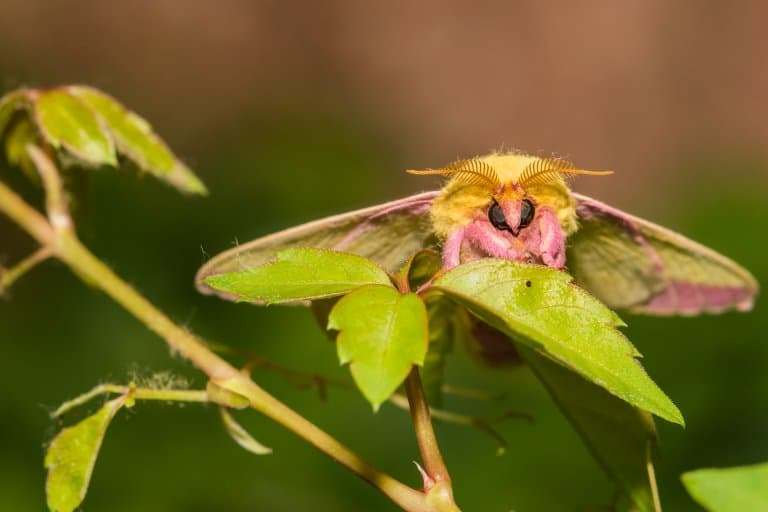
Via: Fact Animal -
Except in deserts, Christmas Beetles can be found all around Australia. They adore woods in particular. Each summer, around the time of Christmas, Christmas beetles emerge from underground. Anoplognathus pallidicollis is the variety of Christmas Beetle that is most frequently sighted. It can reach a height of two centimeters and is brown in color. From Queensland to Victoria and some areas of South Australia, it is located along Australia's east coast.
Christmas Beetles are distinctive due to their metallic bodies that glitter. The higher north you travel in Australia, the more varied the Christmas beetles' colors might be. Most of them are golden brown or green, but others can be really vibrant. Even Christmas beetles that are violet or have colors resembling these can be found in northern Queensland. The rhinoceros beetle and the dung beetle are relatives of the Christmas beetle, a kind of scarab beetle. The ideal environment for Christmas beetle emergence from the earth is heavy spring rains and thunderstorms. Long droughts and extreme aridity make it more difficult for their eggs to hatch.
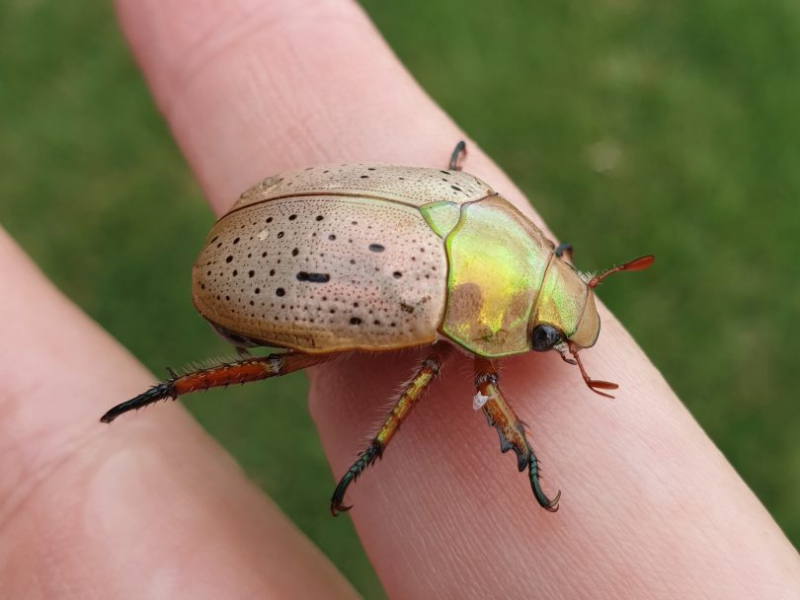
Via: My Gungahlin 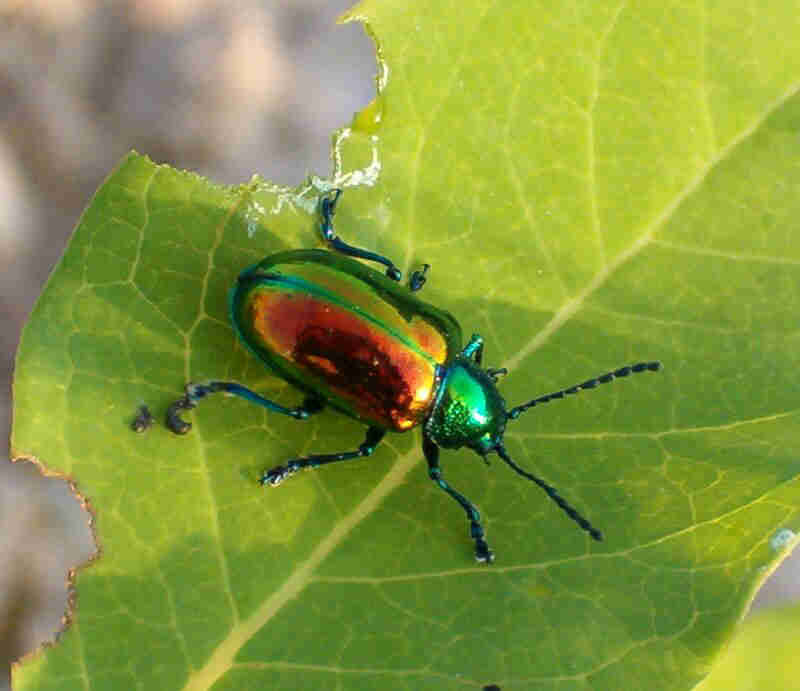
Via: Pest Control and Bug Exterminator Blog -
All velvet ants (cow killer ants) are members of the Mutillidae family and have a thick mound of colorful hair that acts as a warning sign to potential predators. The cow killer ant, Dasymutilla occidentalis, is the most prevalent velvet ant in Nebraska, though they can be found all across the world. They frequently wander around yards in open spaces like meadows and urban settings during the summer. This bug is a wasp rather than an ant. The females resemble ants because they lack wings. It does not possess a node (or two) on the waist, which is characteristic of all ants.
The female cow killer ant looks like a worker ant and is a sizable, hairy, wingless wasp. They have a black body that can reach lengths of 3/4" and are coated in coarse, vivid reddish-orange hair on the head, thorax, and abdomen. The males are larger, with darker brown wings, and they have various body color patterns. When startled, both male and female velvet ants make a squeaking or chirping noise. Because of the significant morphological differences between male and female specimens, it is frequently challenging to distinguish between species.
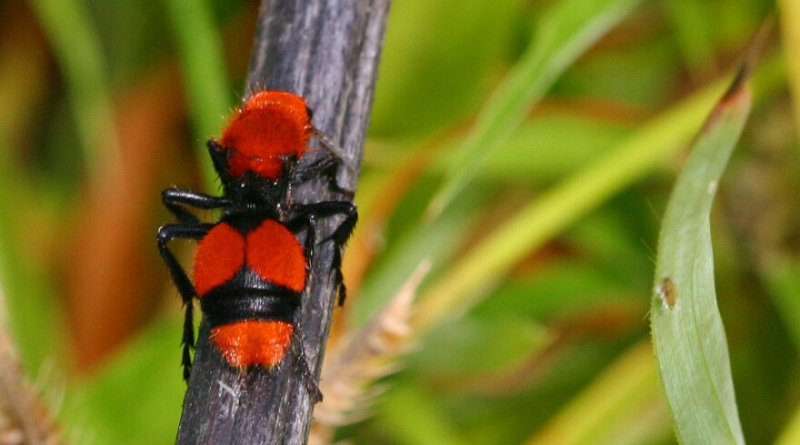
Via: South Carolina Public Radio 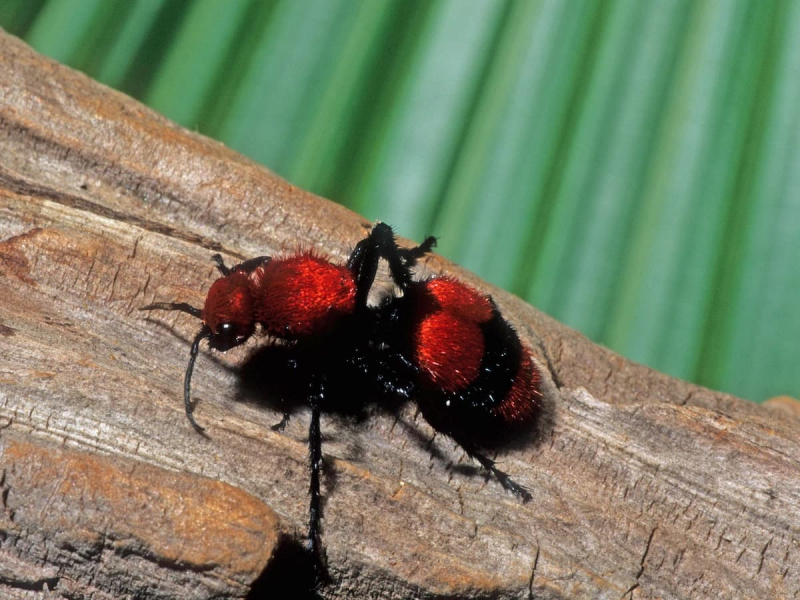
Via: The Parody Wiki -
The emerald swallowtail is scientifically known as Papilio Palinurus. In Virgil's Aeneid, Palinurus, which means "butterfly", refers to the captain. By virtue of its Latin name, the emerald swallowtail is supposed to be some sort of navigator. This notion is fairly new given the butterfly's vivid green wings, which quickly catch your attention whichever way it is moving. They are mainly found in Southeast Asia.
The emerald swallowtail's internal and external wing colors are very different. The exterior is not as spectacular as the interior. Dusty greys make up the exterior, with blue and orange specks appearing toward the bottom of the wing. A starry night sky can be imagined from this collage. However, the interior hues resemble a spotlight in many ways. Dark sage green with an abrupt, angled radiation green streak on either side. It has been hypothesized that the emerald swallowtail uses its bright interior coloration to fool potential predators above and its dull exterior coloration to hide from them below.
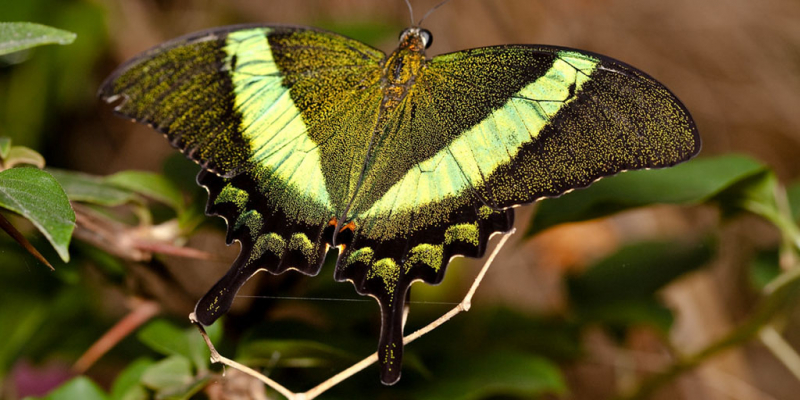
Via: American Museum of Natural History 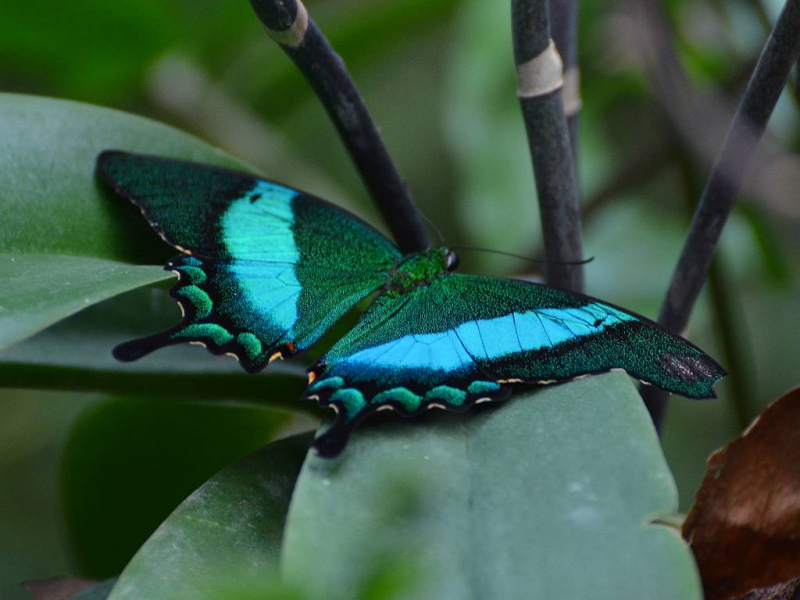
Via: Nerja Rob












